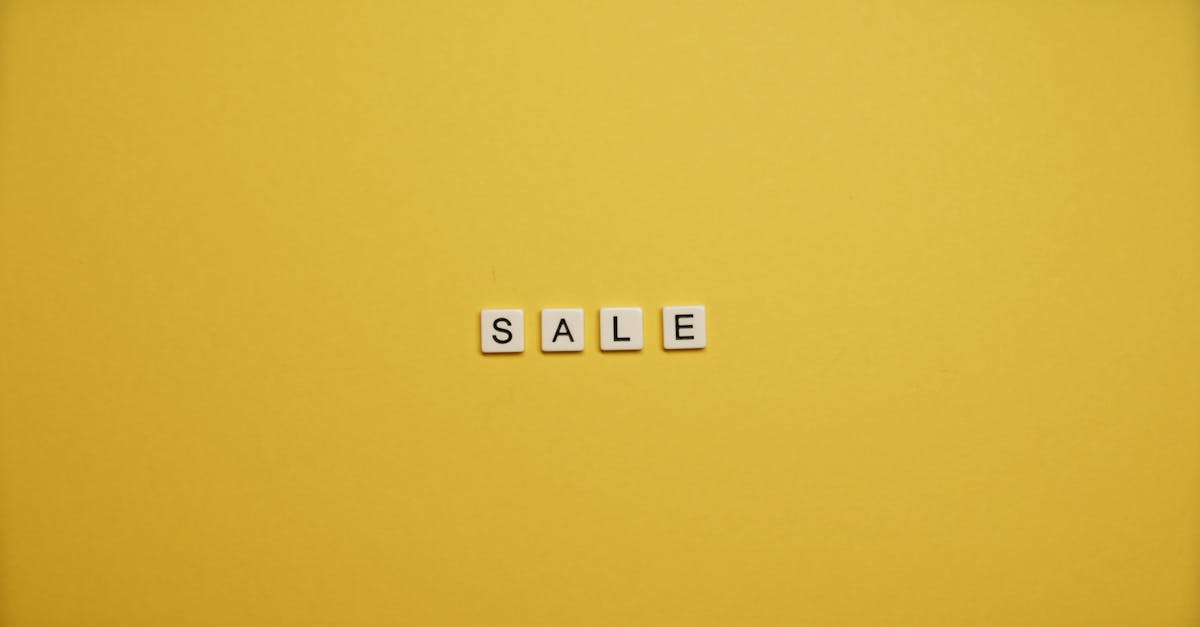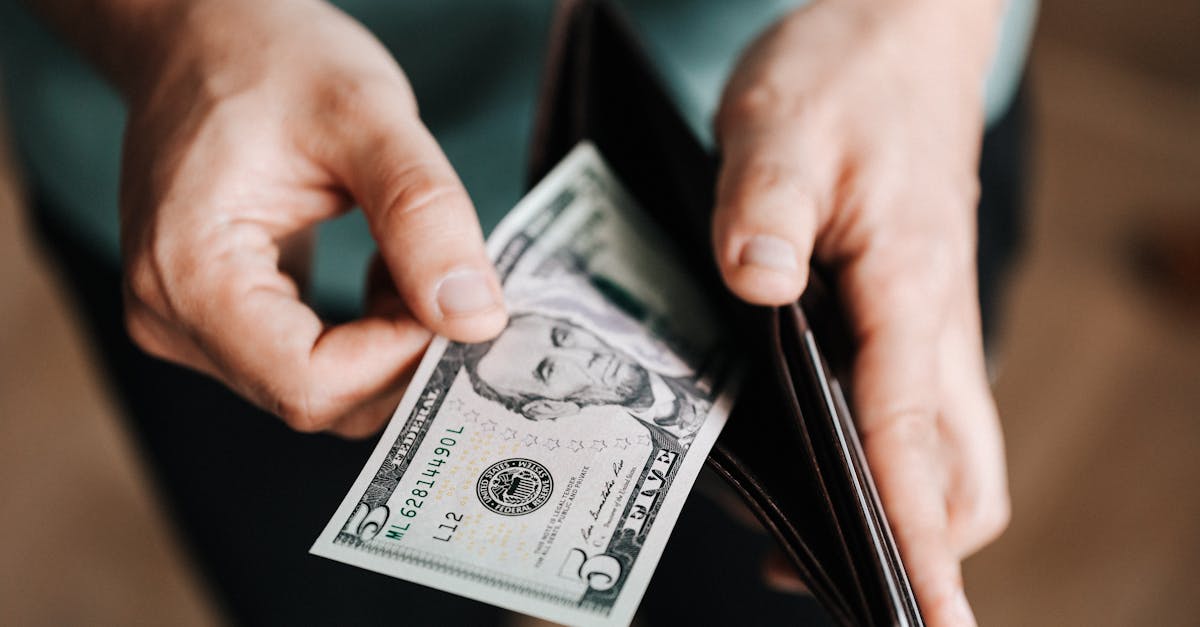Understanding Impulse Buying and How to Resist Retailer Traps
Introduction
In a world inundated with shopping opportunities, impulse buying is becoming an increasingly common consumer behavior. These unplanned purchases can wreak havoc on personal finances, yet they remain a significant profit source for retailers. To capitalize on this, many stores employ strategic tricks designed to trigger quick and unplanned purchases. But what exactly are these techniques, and how can consumers resist them? Understanding the psychological elements behind impulse buying is the first step toward sustainable shopping habits. This article delves into various ways retailers entice consumers and offers practical tips to resist falling into the impulse buying trap.
Advertisement
Eye-Catching Store Layouts
Retailers invest heavily in creating visually appealing store layouts that direct consumer attention to specific products. From tempting aromas in bakeries to the strategic placement of sale items, these elements make selecting items seem irresistible. Coupled with bright and bold signage indicating "limited-time offers," stores create an urgency to purchase. By crafting a path that guides consumers past multiple tempting items, retailers increase the chances of impulse buys. However, understanding this tactic can help shoppers stick to their shopping list without straying. Planning derogation routes and maintaining focus on pre-listed items aids in resisting these store designs.
Advertisement
Emotional Appeal
Products often evoke emotions, making purchasing decisions seemingly sentimental rather than practical. This emotional manipulation is a classic trick in impulse buying. Think of indulgent treats at checkout counters or festive decorations during holidays which play on consumers' emotions—often leading to impulsive decisions. By recognizing emotional triggers, consumers can pause to assess whether a purchase aligns with their needs or is simply a reaction to situational emotions. Practicing mindfulness shopping, whereby consumers acknowledge emotional states before making a purchase, can therefore be highly effective.
Advertisement
Online Shopping Temptations
The rise of e-commerce has not escaped the realm of impulse buying, where one-click purchase options, "limited time" online deals, and digital popup offers lure consumers. Websites use a mix of psychological tactics, such as countdown timers and personalized recommendations, appearing tailored to user preferences. This sense of personalization can enhance the likelihood of impulse purchases. Combatting online impulse shopping involves practical steps: unsubscribing from promotional emails, utilizing ad blockers, and fostering a habit of comparing prices across different platforms before making purchases.
Advertisement
Scarcity and Urgency
Retailers frequently exploit fear of missing out (FOMO) by creating false scarcity and urgency around products. Advertisements that state "only a few left!" or "hurry, while stocks last!" can trigger panic-induced purchases. Recognizing this tactic shifts consumer perception, allowing for a more measured approach to shopping. Consumers should take a step back and consider whether the product truly fits their needs. Employing a 'wait day rule' can be beneficial; waiting for one day before purchasing mitigates initial urgency feelings.
Advertisement
Strategic Checkout Lines
The checkout aisle is a prime location for impulse buying traps, strategically stocked with inexpensive, last-minute grabs like magazines, candy, or small gadgets. These items generally receive less mental scrutiny due to their low cost, luring consumers into easy purchases. Awareness is the defense against these tactics. By setting mental budgets or opting for digital checkouts when available, consumers can avoid unnecessary aisle temptations.
Advertisement
Rewards and Loyalty Programs
Retailers often use loyalty programs and coupons as incentives for consumers to make quicker purchases. Frequent shopper cards offering rewards or discounts can push consumers towards aligning their buying behavior with retailer goals. However, consumers should critically evaluate whether these rewards justify unnecessary purchases. To resist this, it’s advised to redeem loyalty points for essential items or experiences rather than impulsive buys or extending loyalty programs to brands that align with personal values.
Advertisement
Cultivating Self-Control
Impulse buying can be curtailed by cultivating personal discipline and self-awareness. Setting clear financial goals and understanding long-term implications can deter unplanned purchases. Practicing delayed gratification by putting desired items on a 30-day wish list allows shock impulses to subside and helps determine genuine need versus impulse. Maintaining regular budget checks reinforces discipline, offering a sense of stability and control over personal finances.
Advertisement
Professional Tools and Resources
The modern consumer has access to various apps and tools designed to foster better spending habits. Budgeting apps and tracking expenses provide immediate spending insights, reducing impulse buy tendencies. Additionally, personal finance blogs and forums offer community support and advice, encouraging accountability. By nurturing financial literacy, consumers empower themselves to resist retailer traps effectively, ensuring spending aligns with personal values and goals.
Advertisement
Conclusion
Impulse buying, a common retail strategy, centers around triggering emotional and psychological cues in consumers. From manipulating store layouts to enticing online deals, retailers employ a range of tricks to encourage quick purchases. However, by recognizing and understanding these strategies, consumers can strengthen their financial resilience and curtail impulse shopping. Practicing mindfulness, setting financial boundaries, and leveraging technological resources empower consumers to remain aligned with their shopping intentions. Ultimately, resisting impulse buying not only safeguards personal finances but also fosters a more conscious consumer culture.
Advertisement






